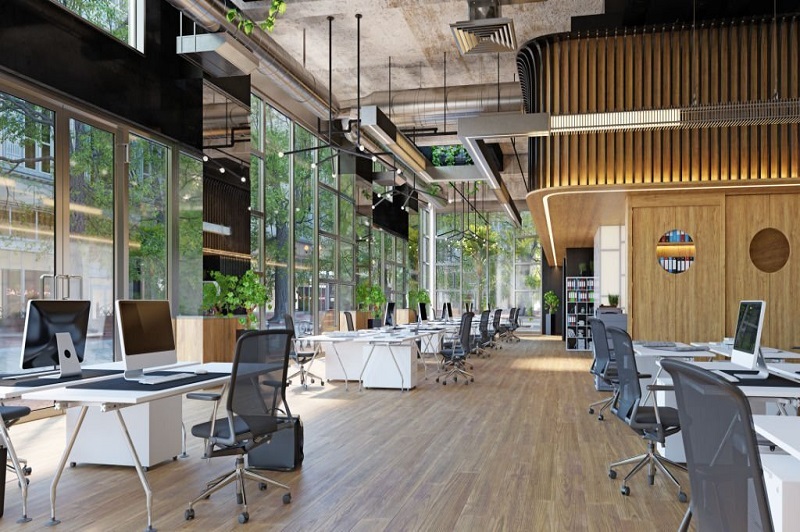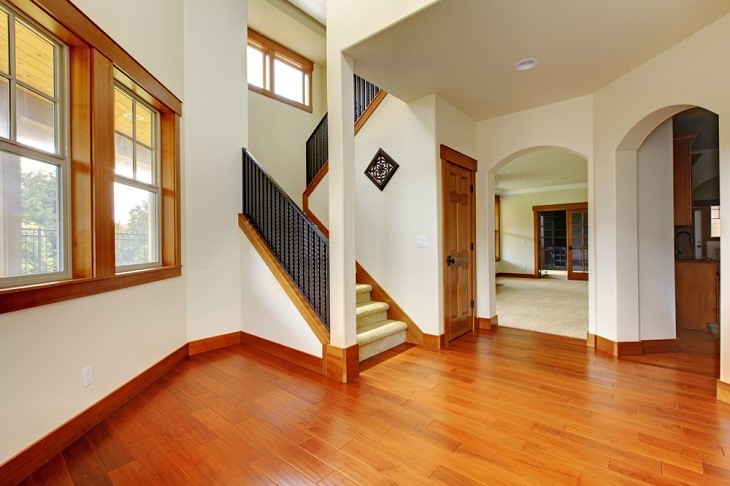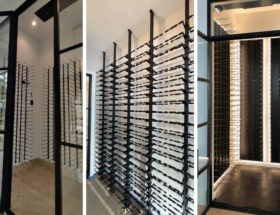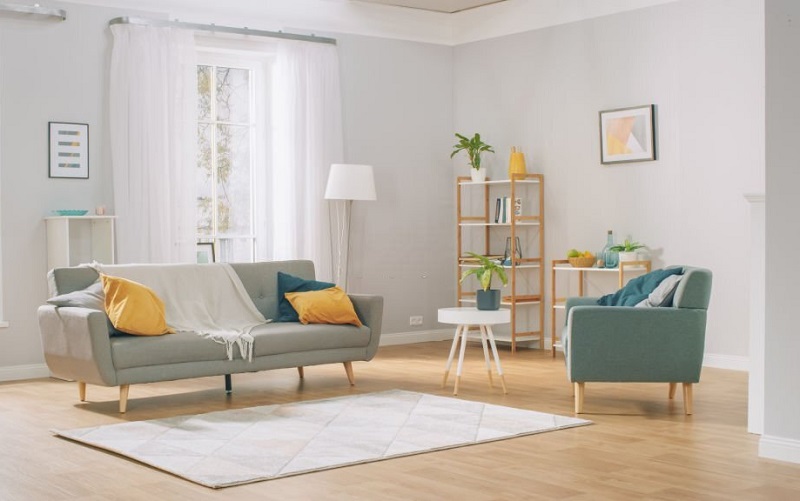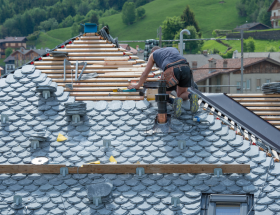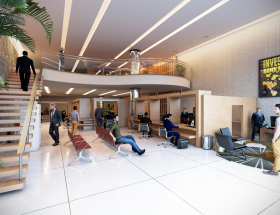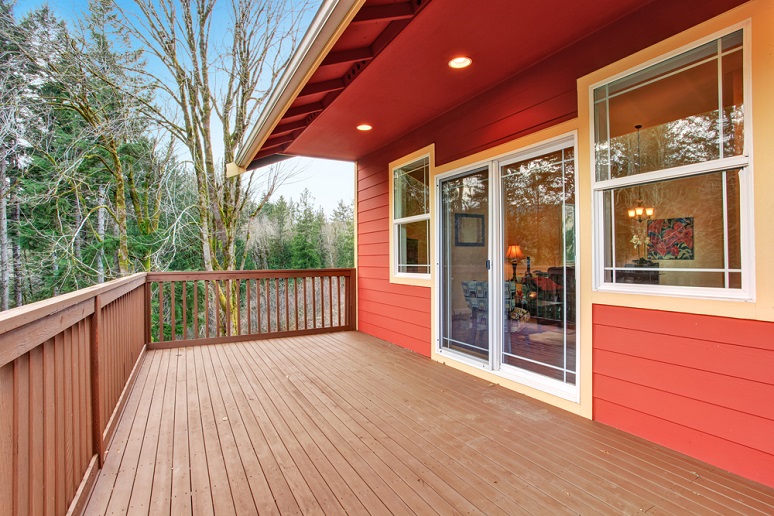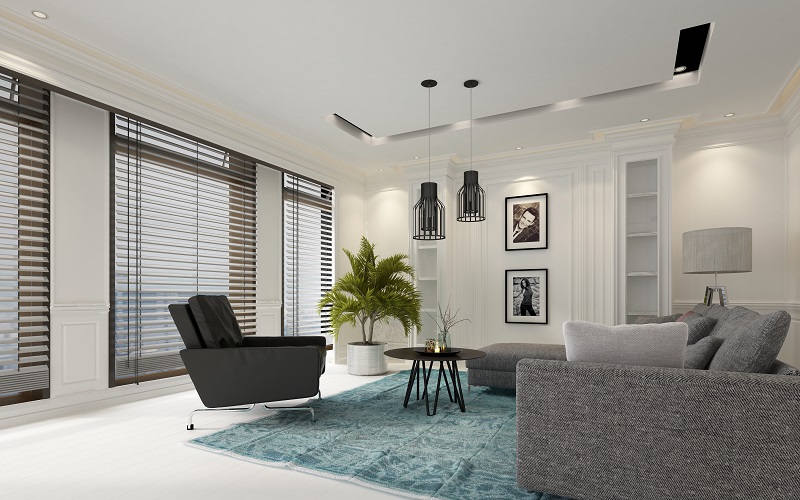As modern office spaces evolve to cater to the diverse needs of today’s workforce, so do the design trends that shape these environments. One such trend that has gained significant traction in recent years is the use of timber office furniture. As organizations increasingly prioritize eco-friendly and sustainable practices, integrating natural materials into workspace design has become a popular choice. This article will explore the various styles and inspirations behind today’s timber office furniture trends, highlighting the benefits of incorporating these designs into your workspace.
The Rise of Timber Office Furniture
Timber office furniture has experienced a resurgence in popularity as more businesses seek to create workspaces that reflect their commitment to sustainability and employee well-being. Timber offers a versatile and durable option for office furniture, with a range of styles and finishes to suit any aesthetic. Additionally, timber furniture often features natural, organic shapes and textures that promote a sense of warmth and comfort, fostering a more welcoming and productive work environment.
Sustainability and Eco-Friendly Practices
One of the main drivers behind the timber office furniture trend is the growing concern for sustainability and eco-friendly practices. As organizations become more environmentally conscious, they are increasingly seeking out furniture options that align with their values. Timber is a renewable resource, making it a more sustainable choice than many synthetic materials. Furthermore, responsibly sourced timber can contribute to the reduction of carbon emissions, as trees absorb and store carbon dioxide while they grow.
Biophilic Design: Bringing Nature Indoors
Biophilic design, which focuses on incorporating natural elements into built environments, has gained significant attention in recent years. Research has shown that incorporating nature into the workplace can improve employee well-being, productivity, and satisfaction. Timber office furniture is a key component of biophilic design, as it brings the warmth and texture of natural materials into the workspace. This design approach can help create a more calming and stress-reducing environment, which is particularly beneficial in today’s fast-paced and demanding work culture.
Scandinavian Style: Clean Lines and Simplicity
The Scandinavian design style, characterized by clean lines, simple forms, and a focus on functionality, has been a significant influence on contemporary timber office furniture trends. This design approach prioritizes uncluttered and efficient spaces, with an emphasis on natural materials, such as timber. The result is a minimalist aesthetic that seamlessly blends form and function, creating a workspace that is both visually appealing and practical.
Industrial Style: Raw and Unfinished Aesthetics
Another design trend shaping the timber office furniture market is the industrial style, which emphasizes raw, unfinished, and utilitarian aesthetics. This style often features exposed structural elements, such as beams and ductwork, as well as materials like metal and concrete. Timber office furniture can complement this aesthetic by providing a warm and organic contrast to the colder, more rigid elements of the industrial style. Additionally, reclaimed timber can enhance the sustainable aspect of this design approach, as it repurposes materials that might otherwise go to waste.
Minimalist Design: Functionality and Focus
Minimalist design seeks to create spaces that are uncluttered, functional, and focused. This design approach is particularly well-suited for office environments, as it can help reduce distractions and promote productivity. Timber office furniture can play a key role in minimalist design, as it often features simple forms and clean lines that contribute to a sense of order and balance. By selecting furniture pieces that prioritize function over ornamentation, businesses can create a workspace that is both efficient and visually appealing.
Mixed-Materials Design: Combining Textures and Finishes
A mixed-materials design approach can add depth and interest to a workspace by combining different textures and finishes. Timber office furniture can be paired with materials such as metal, glass, and textiles to create a dynamic and visually engaging environment. For example, a timber desk with metal legs or a timber conference table with a glass top can provide an intriguing contrast of materials. This design strategy can also support sustainability efforts, as it encourages the use of diverse resources and promotes creative reuse and repurposing of materials.
Conclusion: Embracing Timber Trends in Your Workspace
Timber office furniture offers a versatile and eco-friendly solution for businesses looking to create a sustainable and stylish workspace. By incorporating elements of biophilic design, Scandinavian style, industrial aesthetics, minimalist principles, and mixed-materials design, organizations can craft a unique and visually engaging environment that supports employee well-being and productivity. As today’s workforce continues to prioritize sustainability and wellness, timber office furniture trends are poised to play an increasingly important role in shaping the offices of the future.

